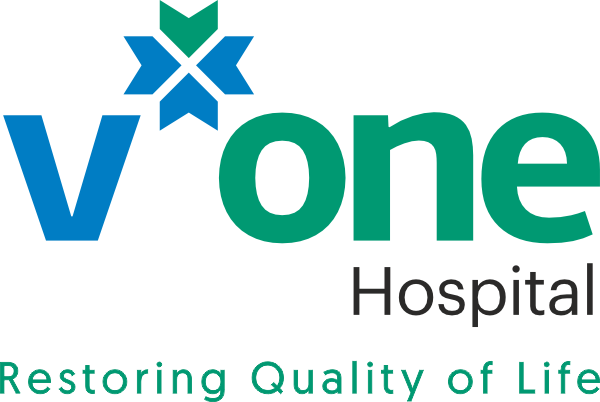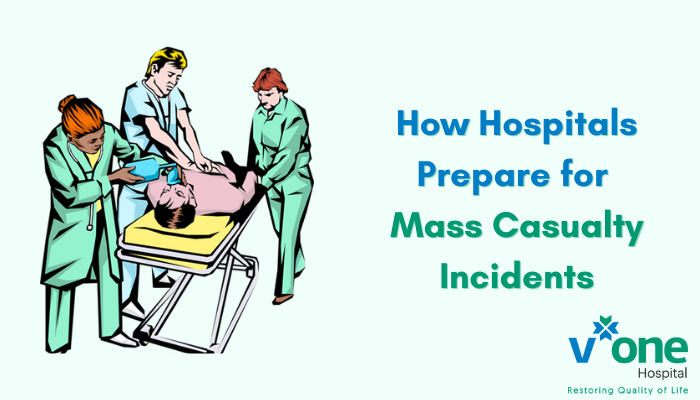How Hospitals Prepare for Mass Casualty Incidents: A Focus on Trauma Centers
Mass casualty incidents pose significant challenges to hospitals, requiring a swift and efficient response to save lives and provide critical care to a large number of patients. In this blog, we will explore how hospitals, particularly trauma centers and emergency care units, prepare for such incidents. With a spotlight on the Trauma Centre in Indore and similar healthcare facilities, we will delve into the essential strategies, protocols, and resources deployed to effectively manage mass casualty incidents and ensure the best possible outcomes for patients in critical situations.
Importance of Preparedness
Mass casualty incidents, whether resulting from natural disasters, terrorist attacks, or accidents, demand a high level of preparedness from hospitals. Trauma centers and emergency care units are at the forefront of this preparedness, as they are responsible for triaging and providing immediate medical attention to a large influx of patients. By having robust plans and resources in place, hospitals can streamline their response, allocate resources efficiently, and minimize the impact on patient outcomes.
Preparation Strategies and Protocols
Hospitals, including V One Hospital, employ various strategies and protocols to prepare for mass casualty incidents. Firstly, they establish incident command systems that define roles, responsibilities, and communication channels within the hospital. This ensures efficient coordination among different departments and personnel during high-stress situations.
Additionally, hospitals conduct regular training exercises and simulations to test their emergency response capabilities. These drills involve staff from different disciplines, including physicians, nurses, technicians, and support personnel, enabling them to practice their roles and enhance coordination. Through these exercises, hospitals identify areas for improvement and refine their protocols, ensuring a more effective response during real incidents.
Another critical aspect of preparedness is maintaining a robust inventory of medical supplies, including essential equipment, medications, and blood products. Hospitals stockpile these resources, regularly monitor their expiration dates, and engage in collaborative partnerships with other healthcare facilities to ensure a sufficient supply chain during mass casualty incidents.
Collaboration and Community Engagement
To bolster their preparedness efforts, hospitals actively collaborate with local emergency response agencies, law enforcement, and other healthcare facilities. Through these partnerships, hospitals can establish clear lines of communication, share resources, and streamline the flow of patients. This collaboration extends to disaster planning and regular meetings to assess and improve response strategies.
Moreover, community engagement plays a vital role in preparing for mass casualty incidents. Hospitals educate the public on disaster preparedness, including first aid and basic life support techniques. They conduct awareness campaigns, training sessions, and workshops to empower individuals to respond effectively during emergencies. By equipping the community with essential skills, hospitals create a network of support that complements their own response efforts.
Investment in Infrastructure and Technology
Hospitals understand the importance of investing in infrastructure and technology to enhance their response capabilities. Trauma centers and emergency care units, such as V One Hospital, allocate resources to upgrade their facilities, ensuring adequate space, specialized equipment, and dedicated areas for triage, resuscitation, and critical care. This infrastructure enables efficient patient flow and facilitates timely interventions.
Furthermore, hospitals leverage technology to improve communication and information management during mass casualty incidents. Advanced electronic medical record systems, telemedicine capabilities, and real-time tracking of available resources enable hospitals to quickly assess patient needs, allocate resources accordingly, and maintain situational awareness throughout the incident.
Psychological Support for Patients and Healthcare Workers
Mass casualty incidents not only cause physical injuries but also have a profound psychological impact on both patients and healthcare providers. Hospitals must prioritize mental health support as part of their emergency response. Trauma centers, including V One Hospital, integrate psychological first aid into their treatment protocols, ensuring that patients receive emotional support alongside medical care.
For patients, counseling services and crisis intervention teams help them cope with the emotional aftermath of traumatic events. Family support programs also play a crucial role in providing reassurance and guidance to loved ones.
For healthcare workers, dealing with large-scale emergencies can lead to stress, burnout, and emotional fatigue. Hospitals conduct post-incident debriefings, provide access to mental health professionals, and encourage peer support networks to help staff process their experiences. By addressing psychological well-being, hospitals strengthen overall resilience, ensuring both patients and medical teams receive the care and support they need.

